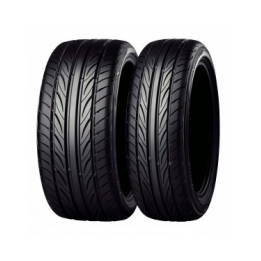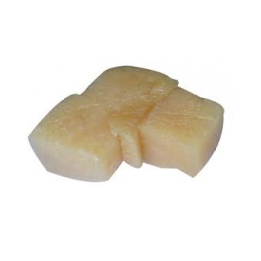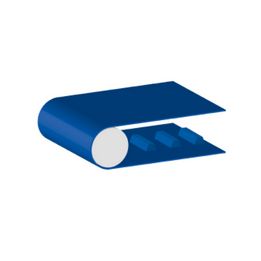Polybutadiene
Rubbers > Group R
| Polybutadiene (BR) | ||
Butadiene rubber, a 1,3-butadiene polymer, is classified as a general purpose rubber. Polybutadiene rubber, also referred to simply as butadiene rubber, is predominantly based on cis-1,4-polybutadiene. The structure of the polybutadiene [-CH2-CH = CH-CH2-] n obtained from 1,3 butadiene (CH2 = CH-CH = CH2) indicates that, preferably, the 1,4-addition is given, being noteworthy that The carbon chain also has a double connection. Polybutadiene (PB) is a synthetic rubber, it is a polymer formed from the polymerization process of 1,3-butadiene monomer. Polybutadiene is a homopolymer of butadiene, C4H6, and is obtained by solution polymerization, the most vulgar. It can also be polymerized by emulsion. The polybutadiene polymerizes by addition, both the 1,2-vinyl form and the trans-1,4 or cis-1,4 form. The five forms according to which the butadiene unit can be attached to the polymer chain are: Trans-1,4 addition Cis-1,4 addition Vinyl-1,2 syndiotactic addition Vinyl-1,2 isotactic addition Vinyl-1,2 heterotactic or atactic addition | Cis 1.3 - polibutadieno | |
| Proprierties | ||
Polybutadiene is the only synthetic rubber whose vulcanizates have a higher elasticity than natural rubber vulcanizates (NR), which means, on the other hand, that hysteresis is limited and that resistance to abrasion and flexibility at low the temperatures are higher. They have a resistance to heat superior to that of the vulcanizates of NR and similar to that of the vulcanizates of SBR. On the other hand, the adherence to the soil of the mixtures with around 50-60% of BR is quite low, which is sometimes completely inadvisable. The breaking stress of BR vulcanizates with high cis-1,4 content is considerably lower than that of comparable vulcanizates based on NR or SBR. However, mixtures with NR or SBR can satisfy the technical properties of BR vulcanizates with high quality requirements. On the other hand, the properties of the vulcanizates of NR or SBR are improved, in different aspects, when they are added in case there is a change in water quality. The pure grades of cis-1,4 BR give the vulcanized a better resistance to abrasion but poor traction when wet (wet traction). As the 1.2-vinyl content increases, the resistance of the polybutadiene to abrasion worsens and traction when wet improves, so, for specific applications it is necessary to find a compromise. With the exception of natural rubber epoxies (ENR), abrasion resistance is generally gained at the expense of traction when wet (wet traction). Due to the difficulty of processing, in particular in roller mills, and in order that some properties of vulcanizates based on BR can reach high levels, polybutadiene rubber is used mainly in mixtures with NR or SBR. These mixtures allow the incorporation of greater quantities of carbon black (carbon black) and oil, and provide obtaining a higher extrusion speed, greater breaking stress and better flexibility at low temperature. | Trans 1.4 - polibutadieno | |
| Applications | ||
As general purpose rubber, BR is mainly used in the manufacture of automobile tires and demand is likely to increase with the growth of vehicle production. That said, the characteristics and properties of the BR depend on the polymerization recipe. Although BR is a simple polymer that uses only 1,3-butadiene, the design of the polymer's skeletal structure, including the control of microstructure and stereoregularity, and the functionalization of the ends of the chain can perform various functions. As a greater performance is imparted to automobile tires, the development of polymerization processes that allow a high degree of control over the structure of the butadiene chain continues. The near future must see the development and commercial production of new forms of BR. Soles, conveyor and transmission belts, roller coating and other applications that require a compound with resistance to reversion. Polybutadiene is used to improve the mechanical properties of polystyrene and, to a lesser extent, ABS. The contribution of between 4 and 12% of polybutadiene makes the polystyrene go from being a brittle and brittle material to another ductile and resistant HIPS. | ||




